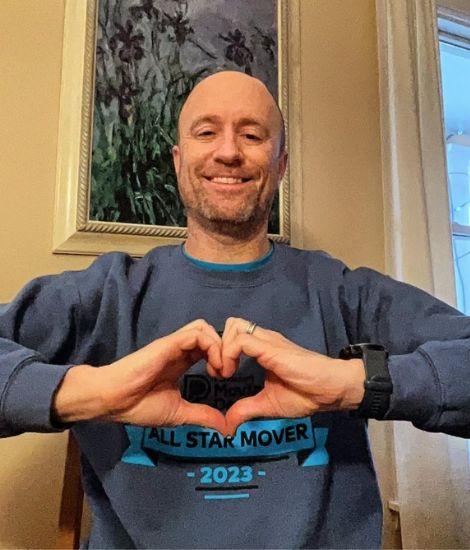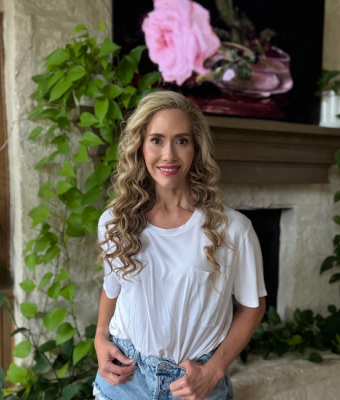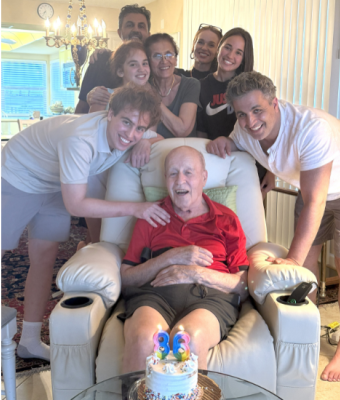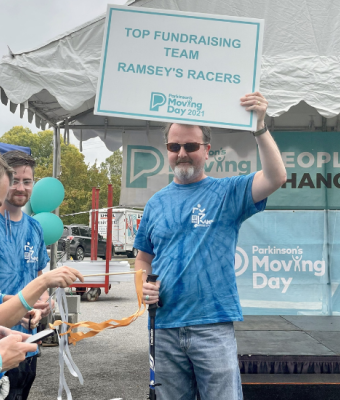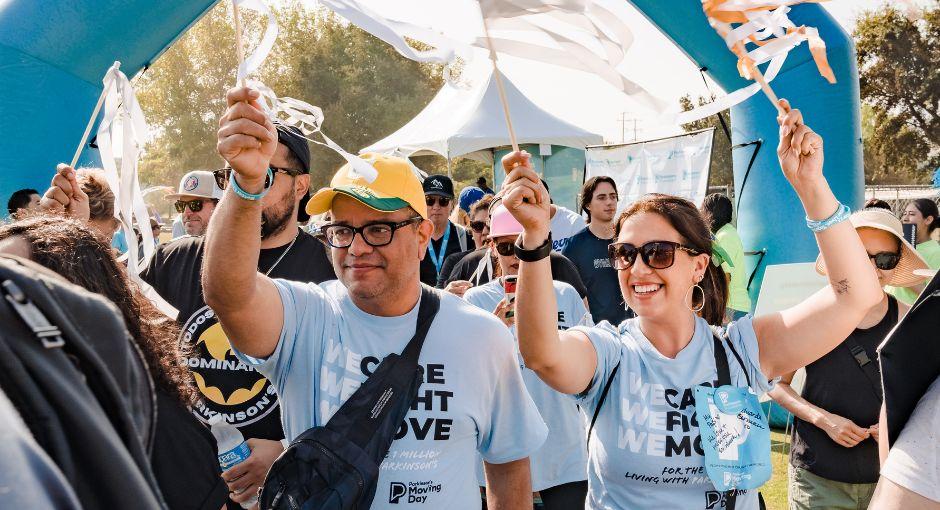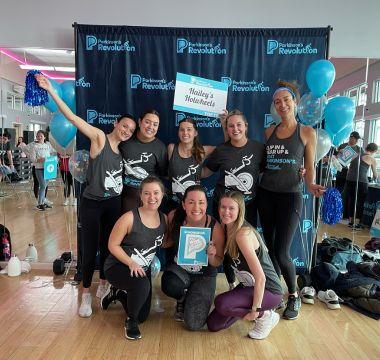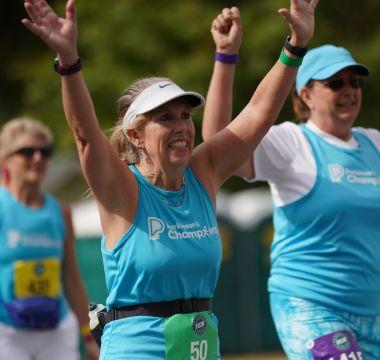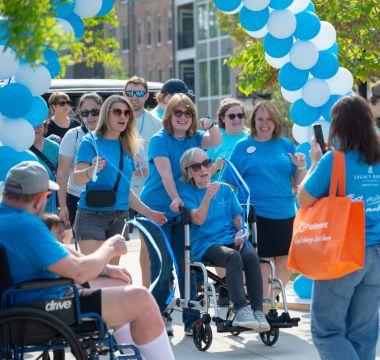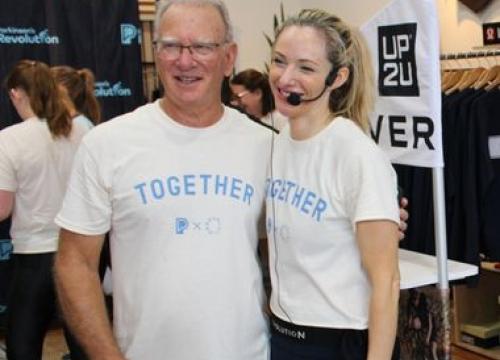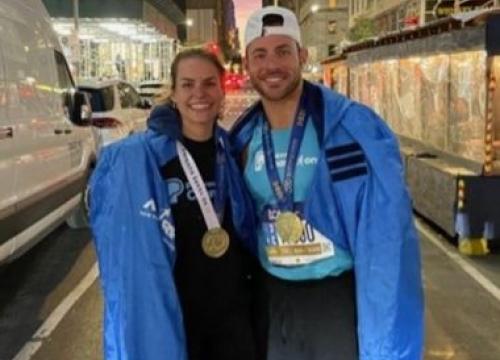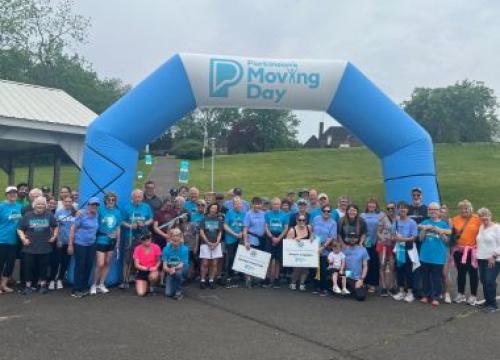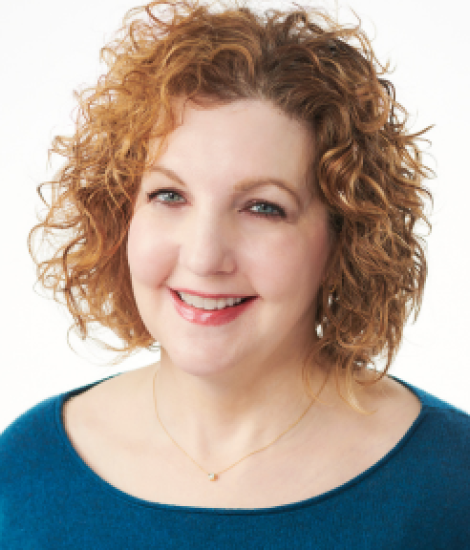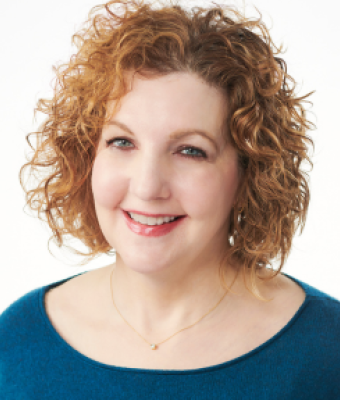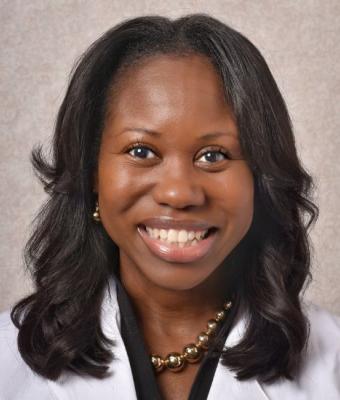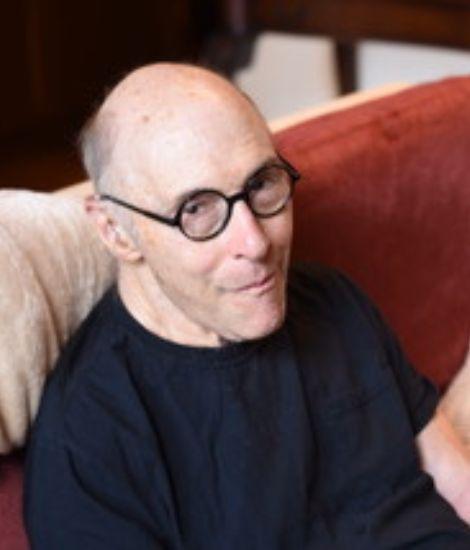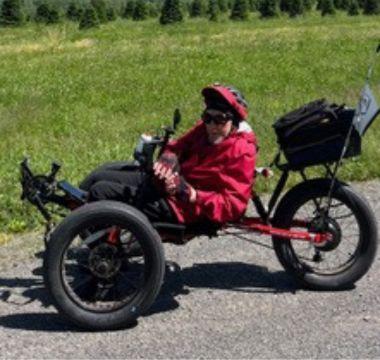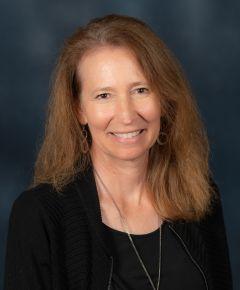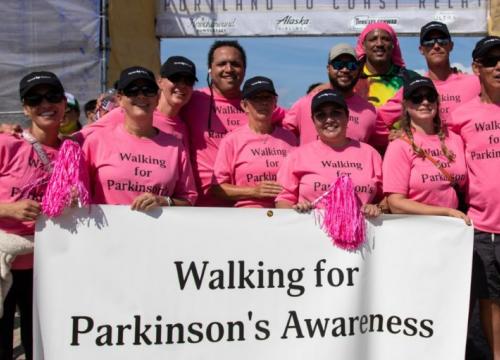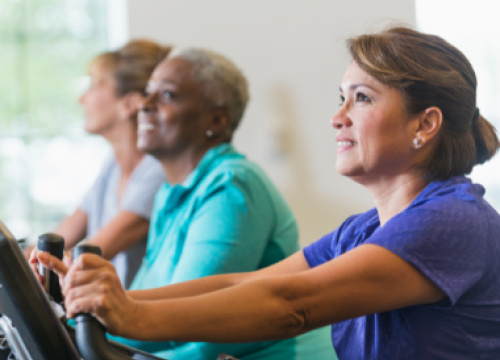Nourishing Wellness: How to Harness Food as Medicine for Parkinson’s

Nutrition can be a powerful tool in managing Parkinson's disease (PD). Whole, nutrient-dense foods provide your body with the best building blocks for peak function, maintenance and repair. Every positive food choice is a step towards optimizing health.
The following article is based on a Parkinson’s Foundation Expert Briefing about the connection between nutrition and Parkinson’s, hosted by functional nutritionist and health coach Carolee Horner, MS, NBC-HWC.
The Relationship Between Food and PD
Food is more than just fuel for the body; it can act as medicine. Your body breaks down everything you eat — proteins into amino acids, carbohydrates into sugars and fats into fatty acids — then reassembles these components into whatever it needs, whether new cell membranes, neurotransmitters or energy. The better your fuel, the better you will feel.
Gut and brain health are strongly connected. Diet helps shape the gut microbiome — the trillions of bacteria living in the digestive system. These bacteria produce neurotransmitters, influence inflammation and affect medication absorption. Good gut health relies on a diet of whole and fermented foods, colorful vegetables and fruits, healthy fats and herbs and spices. These foods are also rich in antioxidants, substances that protect the body.
The standard American diet is centered on processed foods, refined sugars and unhealthy fats. These foods are linked to:
-
Chronic disease, such as diabetes, heart disease and obesity, along with neurodegeneration and cognitive decline.
-
Inflammation, which is the body’s response to harm. This response is crucial for healing. However, chronic, systemic inflammation can potentially damage healthy tissue.
-
Oxidative stress, which leads to cell damage.
Inflammation and oxidative stress play significant roles in the progression of Parkinson’s disease.
Targeted Nutrition and Parkinson’s
Nourishing foods and hydration can help ease symptoms of PD, such as digestive challenges, and may influence cognitive function, mood and sleep quality. Balanced meals and snacks can help stabilize blood sugar and energy levels. Different “everyday” dietary approaches, those designed for long-term, sustainable health improvements, have shown promise for people with Parkinson's, including the:
-
Mediterranean diet: emphasizes colorful fruits and vegetables, beans, whole grains, poultry, nuts, seeds, fatty fish, olive oil and other healthy fats.
-
Med-DASH diet: incorporates Mediterranean-style eating habits and dietary approaches to stop hypertension. This limits salt, sugar and meats, dairy and oils high in saturated fat.
-
MIND diet: Mediterranean-DASH intervention for neurodegenerative delay or targets brain health through a combination of Med-DASH principles while emphasizing leafy greens and dark berries.
All three diets limit processed foods, red meat, high-fat dairy, sweets, fried foods and butter.
The Complementary & Alternative Medicine Care in Parkinson’s Disease study links the Mediterranean and MIND diets to slower PD progression and better quality of life.
A 2022 study update showed the MIND diet had twice the symptom-reducing power of the Mediterranean diet. Both diets are rich in polyphenols and flavonoids, which combat oxidative stress in the brain. Observational studies show the Mediterranean diet may delay PD onset by up to 17 years in women and seven years in men. The MIND diet is linked to slower cognitive decline and a reduced risk of Alzheimer’s disease.
Vegetarian and pescatarian diets are also high in fiber and antioxidants. Both focus on plant-based foods, boost gut bacteria diversity and may reduce the risk of diabetes, obesity and other chronic diseases. Vegetarians do not eat animals, but may eat their products, such as honey, dairy or eggs. Pescatarians follow these same principles, along with eating fish.
Therapeutic Diets
Often intended as short-term resets rather than permanent solutions, therapeutic diets can be restrictive. They may be difficult to sustain long-term and require careful planning to ensure adequate nutrition. Discuss any changes in your dietary patterns with your healthcare team.
Examples of therapeutic diets include the:
-
Vegan Diet: excludes animal products and centers on fruits, vegetables, legumes, nuts, seeds and whole grains. This diet emphasizes whole, plant-based foods while minimizing reliance on pasta, soy-based substitutes and processed convenience products. Those following a plant-based diet or who have absorption issues, which is common in Parkinson's, may find that a B12 supplement is necessary.
-
High in fiber and antioxidants, a vegan diet promotes diverse gut bacteria and can help reduce oxidative stress and inflammation — factors in Parkinson’s progression.
-
Plant-based eating can also lower risk for chronic diseases, such as cardiovascular disease and diabetes, which can be common in people with PD.
-
-
Ketogenic (keto) Diet: a high-fat, moderate protein, low-carbohydrate approach designed to induce ketosis — a metabolic state where your body uses fat for fuel instead of glucose. This diet focuses on high-quality fats like avocado oil and nuts. If not managed carefully, this diet can cause constipation, high cholesterol levels or nutrition imbalances. Low intake of fruits and vegetables may reduce dietary fiber and antioxidants. This diet may also require regular monitoring of kidney and liver function.
-
PD-specific ketogenic studies are limited, but suggest potential motor symptom benefits due to reduced oxidative stress.
-
Evidence from Alzheimer’s research shows a keto diet may offer neuroprotective effects by decreasing inflammation and enhancing the production of brain energy.
-
-
Paleo Diet: emphasizes whole, nutrient-dense foods, including colorful fruits and vegetables, lean meats and fish, while eliminating grains, legumes, dairy and sometimes, nightshade vegetables (a family of plants some believe can trigger inflammation).
-
Research suggests the paleo diet may reduce inflammation and boost gut health.
-
Rich in antioxidants and omega-3s, the diet may also offer some neuroprotective benefits.
-
The paleo diet can act as an elimination diet — removing and reintroducing common trigger foods can help identify specific food sensitivities or intolerances.
-
Therapeutic diets can be restrictive. They’re often intended as short-term resets rather than permanent solutions. Keeping a symptom and food diary can help identify patterns and distinguish between PD symptoms and nutrition-related issues. A nutrition expert, such as a registered dietician, can tailor your approach. Pay attention to how your body responds and be open to adjusting or transitioning to a more sustainable approach if needed.
A Personalized Approach
Though there is no one-size-fits-all diet for managing PD, diets that show potential to ease PD symptoms — including delayed gastric emptying, small intestinal bacterial overgrowth and constipation, which affects up to 80% of PD patients — all share certain elements, including a focus on:
-
Whole, nutrient-dense, fiber-rich foods
-
Vegetables
-
Healthy fats, such as those in olive oil, nuts, seeds and avocados
-
Hydration: dehydration or electrolyte imbalances can worsen muscle stiffness
These diets also emphasize reducing the consumption of processed, fried or sugary foods.
Eating the rainbow brings phytonutrients into the body, minimizing inflammation and protecting the brain from neurodegeneration. Minerals like magnesium, zinc and iron also play important roles in brain health and can be found in diets rich in colorful plants and whole foods. For example:
-
Red tomatoes and watermelon contain lycopene.
-
Orange and yellow food, such as carrots and squash, have beta-carotene.
-
Leafy green vegetables hold phytosterols.
-
Blue and purple berries offer anthocyanins.
-
Citrus fruits, berries, nuts, and seeds contain antioxidants like vitamins C and E.
-
Herbs and spices are nutrition powerhouses. Basil, oregano, or a squeeze of lemon can add zest to dishes.
-
B vitamins, especially B12, are crucial for neurological health. Natural sources of B12 include meat, fish, and eggs. Whole grains, legumes, nuts, seeds and some vegetables contain other B vitamins.
-
Vitamin D: People with PD are also commonly deficient in Vitamin D. It can be obtained from sunlight.
Tips To Help You Tackle Nutrition Challenges
-
If protein-rich foods impact the absorption and effectiveness of levodopa, talk to your PD doctor about taking medication 30 minutes before or 60 minutes after eating protein.
-
Pay attention to how meals interact with your medication schedule and symptoms. Smaller, more frequent meals may be beneficial.
-
If you experience dysphagia or difficulty swallowing, a speech-language pathologist specializing in PD can help. Softer foods and thickened liquids may be easier to manage. Sitting upright and taking smaller bites can also help.
-
Maintaining weight can be difficult for some people with Parkinson’s. Consider making high-calorie shakes or smoothies that incorporate protein powders. Try to avoid dyes, preservatives and other additives. Look for words you recognize from the garden, versus words from a chemistry textbook.
-
Limited availability or resources might make incorporating fresh fruits and vegetables difficult. Consider frozen or home-canned options.
Talk to your doctor about the right dietary approach for you.
Learn More
Explore our resources about diet in Parkinson’s:
-
Book: Nutrition and PD
-
Podcast: Nutrition Advice - Part 1
-
Science News: Berry Compound Reverses Parkinson's in Mice
Related Materials
Related Blog Posts

Celebrating 12 Milestones that Defined 2025



